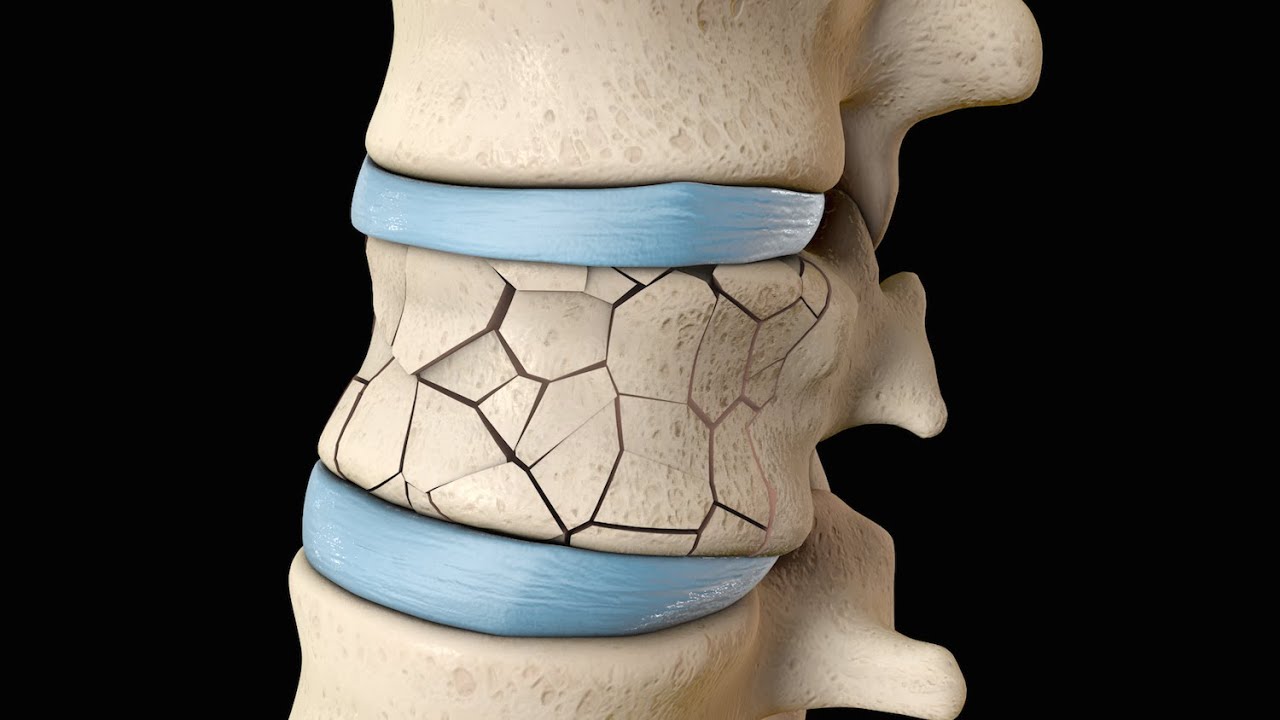Vertebroplasty
Vertebroplasty is an outpatient procedure for stabilizing compression fractures of vertebra by injecting special bone cement into back bones (vertebrae) that have cracked or broken, often because of osteoporosis. The cement eventually hardens, stabilizes the fractures and supports spine.
Indications for Vertebroplasty
- Traditional methods of treating fractured vertebra or back pain fail
- Severe or prolonged pain or immobility
- Elderly or frail patients
- Vertebral compression due to a malignant tumor

- Fractured vertebra with more serious complications like deep vein thrombosis, acceleration of osteoporosis, respiratory problems, loss of height and emotional or social issues.
Procedure
Vertebroplasty is performed under general or local anaesthesia while using real-time x-rays to reach the target area. A needle is inserted into the fractured vertebra and bone cement is slowly injected into the vertebra. A second injection may also be required in case the vertebra is not completely filled. It takes around one hour for each fracture and patient also needs to lie on their back for 1 hour after the procedure while the cement hardens. Patient may experience pain relief almost immediately after the procedure, but it might take up to 72 hours.
Advantages of Vertebroplasty
- Safe and effective procedure
- No surgical incision is needed
- Greatly reduces spinal pain
- Restores mobility
- Allows early return to normal activity
- Increase a patient's functional abilities
- Better quality of life
Baloon Kyphoplasty
Painful compression fractures of the spine that occurs due to
- Thinning of bones
- Osteoporosis
- Cancer, including multiple myeloma
- Injury that caused broken bone
- Severe and disabling pain for 2 months or more that does not get better with bed rest, pain medicines, and physical therapy
Procedure
The procedure is performed under local or general anaesthesia either in outpatient clinic or hospital. The surgeon is guided by real-time x-ray images to locate the target treatment area. In the target area, an orthopaedic balloon is inserted through the needle and inflated to gently elevate the fractured vertebra so as to make an attempt to return it to the correct position. This is followed by injection of bone cement to stabilize the fracture. It takes around one hour per fracture and patient is probably fine to go home on the same day of surgery.

